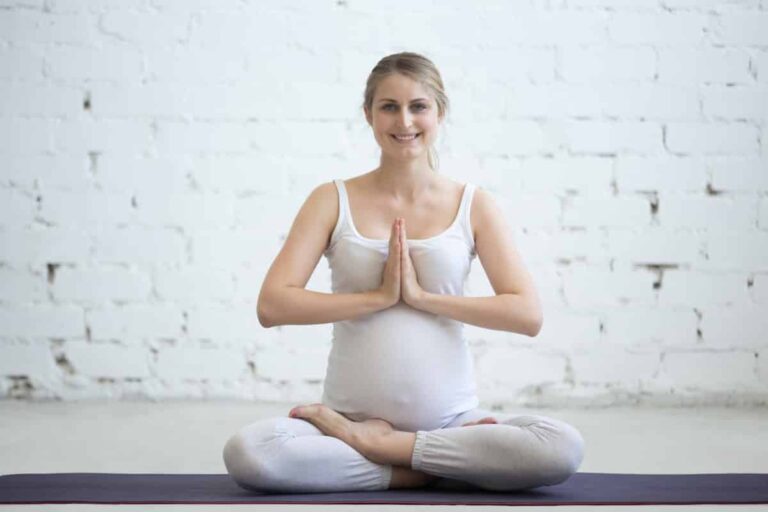Balance is a fundamental aspect of overall fitness and well-being. Whether you’re an athlete, a yoga enthusiast, or someone who simply wants to move with more confidence, improving your balance can enhance coordination, prevent injuries, and even boost mental clarity. One of the most effective ways to cultivate balance is through yoga. Yoga not only strengthens the body but also trains the mind to focus and find stability in every movement. In this blog post, we’ll explore how yoga can help improve your balance and provide practical tips for enhancing stability in your practice.
Understanding Balance in Yoga
Balance in yoga is about more than just standing on one leg. It involves a combination of strength, flexibility, focus, and body awareness. Good balance requires strong muscles, particularly in the core and lower body, as well as the ability to remain calm and centered. Yoga poses challenge your ability to distribute weight evenly and make small micro-adjustments, which over time, lead to improved stability.
Benefits of Practicing Balance in Yoga
- Strengthens Core Muscles – A strong core provides a stable foundation for maintaining balance in standing and seated poses.
- Enhances Coordination – Practicing balancing postures sharpens proprioception, your body’s ability to sense its position in space.
- Improves Posture – Many balancing poses require spinal alignment, which translates into better posture in daily activities.
- Builds Focus and Concentration – Yoga encourages mindfulness, helping you develop a steady and clear mind for better stability.
- Reduces the Risk of Falls and Injuries – As you improve your balance, you decrease the likelihood of accidents and injuries, especially as you age.
Yoga Poses to Improve Balance
Here are some yoga poses that specifically target balance and stability:
1. Tree Pose (Vrksasana)
- Stand tall with your feet hip-width apart.
- Shift your weight onto your right foot and place your left foot on your inner right thigh or calf (avoid the knee).
- Bring your palms together at your chest or extend them overhead.
- Focus on a fixed point to maintain stability and hold for 30 seconds to a minute.
2. Warrior III (Virabhadrasana III)
- Start in a standing position and hinge forward at your hips.
- Extend one leg straight behind you while keeping your upper body parallel to the ground.
- Keep your arms extended forward or place them at your sides for balance.
- Engage your core and hold for 20-30 seconds before switching sides.
3. Eagle Pose (Garudasana)
- Stand with your feet together and bend your knees slightly.
- Cross one leg over the other and hook the foot behind the calf.
- Wrap your arms together in front of you, crossing one elbow over the other.
- Hold the pose while focusing on steady breathing.
4. Half Moon Pose (Ardha Chandrasana)
- Start in Warrior II and shift your weight onto your front foot.
- Place your front hand on the ground or a block while lifting your back leg parallel to the ground.
- Extend your opposite arm towards the ceiling and open your chest.
- Maintain a steady gaze to enhance stability.
5. Chair Pose with Heel Lift (Utkatasana Variation)
- Stand with feet together and lower into Chair Pose.
- Slowly lift your heels off the ground, balancing on the balls of your feet.
- Hold for a few breaths, then lower back down.
Tips to Improve Balance in Your Yoga Practice
1. Engage Your Core
Your core plays a crucial role in stability. Activate your abdominal muscles to create a strong center of gravity.
2. Focus on a Drishti (Gaze Point)
Fixing your gaze on a single, unmoving point can help you maintain balance and avoid unnecessary wobbling.
3. Use Props When Needed
Blocks, straps, or a wall can help you find proper alignment and build confidence in balance poses.
4. Practice on a Stable Surface
A firm, non-slip yoga mat will provide a stable base for your practice, making it easier to focus on balance.
5. Strengthen Your Feet and Ankles
Your feet provide the foundation for balance. Incorporate exercises that strengthen your feet and improve flexibility.
6. Breathe Deeply and Stay Relaxed
Holding your breath creates tension, making it harder to balance. Deep, steady breaths will keep you calm and steady.
7. Be Patient and Consistent
Improving balance takes time and practice. Stay committed and patient with your progress.
Conclusion
Balance is an essential component of both physical and mental well-being. Through consistent yoga practice, you can enhance stability, strengthen your body, and develop a greater sense of focus. By incorporating the poses and tips mentioned above into your routine, you’ll gradually build confidence and grace in your movements. Remember, yoga is a journey—embrace each wobble and step forward with steadiness and intention. Happy balancing!




